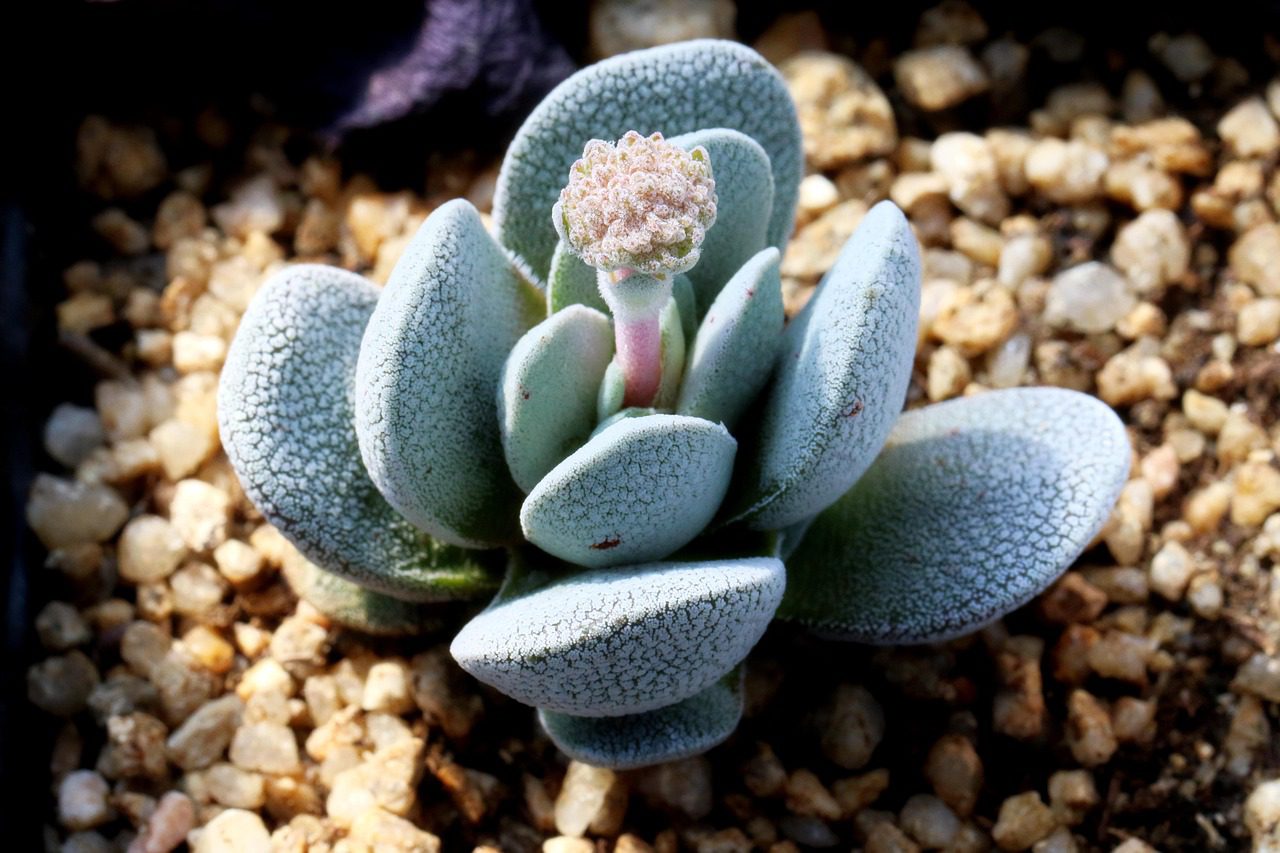Caring for a rare succulent plant at home can be an incredibly rewarding experience, especially for gardening enthusiasts. These unique plants are not only visually striking but also bring a special touch of exclusivity to any indoor space. However, to ensure your rare succulent grows healthy and strong, it’s essential to understand the specific care it requires.
Most rare succulents have particular needs, especially when it comes to light, water, and soil. That’s why understanding the ideal environment for these plants is the first step toward successful cultivation. When provided with the right conditions, your plant will have a much better chance of thriving and growing beautifully.
In this article, we’ll explore everything from choosing the best location to watering and propagating your rare succulent. Keep reading to discover how to ensure your plant stays healthy and vibrant!
What Makes a Succulent Rare?
A rare succulent stands out for its unique characteristics, which may include unusual growth patterns, vibrant colors, or exotic shapes. Unlike more common varieties, rare succulents are harder to find in regular garden centers, making them true treasures for collectors.
It’s not just about aesthetics—what also defines a rare succulent is its ability to adapt to specific conditions, such as low humidity or high altitudes. These demanding requirements make them more difficult to cultivate, contributing to their rarity.
Understanding what makes these plants special not only helps us appreciate them more but also equips us to give them the specialized care they need to stay healthy.
How to Choose the Best Spot for Your Rare Succulent
Once you know what defines a rare succulent, the next step is finding the best location for it in your home. Rare succulents generally prefer bright, natural light, but prolonged direct sunlight can be too harsh. Ideally, place them in areas with indirect sunlight—such as near east- or west-facing windows.
Ventilation is another key factor. Keeping your plant in a space with good air circulation helps prevent humidity buildup and fungal growth. If your home doesn’t receive enough natural light, consider using grow lights as a supplemental source.
The perfect balance between light and airflow is the secret to successfully growing a rare succulent indoors.
Essential Care Tips for Keeping a Rare Succulent Healthy
With the location selected, it’s time to focus on proper care. First, always use well-draining soil. Succulents don’t like their roots sitting in water, so a fast-draining soil mix is essential to prevent rot.
Watering is another critical point. Unlike many other houseplants, succulents dislike overwatering. It’s important to wait until the soil is completely dry before watering again. Always water in the morning so the plant has the entire day to absorb moisture under natural light.
Maintaining a temperature range between 59°F and 77°F (15°C to 25°C) helps your succulent thrive. Extremely hot or cold environments can interfere with healthy growth.
How to Water a Rare Succulent the Right Way
Watering rare succulents requires special attention. Overwatering is one of the most common issues and can quickly lead to root rot. Only water the plant when the soil is completely dry, and use the “deep watering” method—watering until water drains from the pot’s bottom.
Avoid letting the pot sit in standing water. Doing so increases the risk of root rot and can compromise the plant’s health. A helpful tip is to check the appearance of the leaves—if they look soft or wrinkled, it’s likely time to water.
In winter, most succulents enter a dormant state, requiring less water. In summer, their water needs may increase slightly due to higher evaporation.
How to Propagate a Rare Succulent at Home
In addition to caring for your rare succulent, you can also try propagating it at home. This is a relatively easy and enjoyable process that can help expand your collection. One of the most common methods is leaf or stem cuttings. Simply choose a healthy leaf, allow it to dry for a few days, and then plant it in well-draining soil.
Once planted, wait until roots appear before watering for the first time. This process may take several weeks, so patience is key. You can also propagate by separating small offsets that grow around the base of the mother plant and transplanting them into new pots.
Propagation is a great way to multiply your rare succulents while enjoying a hands-on gardening experience.
Common Problems and How to Fix Them
Even with proper care, some challenges can arise. One of the most common issues is root rot, usually caused by overwatering. To prevent this, always use pots with drainage holes and check the soil’s moisture before watering.
Another frequent problem is etiolation—when the plant becomes stretched and thin due to lack of light. The solution is simple: move the plant to a brighter spot or use artificial grow lights to ensure it receives enough light each day.
Pest infestations, such as mealybugs, can also occur. Removing them manually with a cotton swab and alcohol or using a natural insecticide are effective ways to manage pests without harming your plant.
Time to Start Growing!
Caring for a rare succulent is a fulfilling experience for anyone who enjoys a challenge and appreciates the beauty of unique plants. With the right care, these plants can thrive and become stunning highlights in your collection. From choosing the best location to perfecting your watering routine, every detail matters when it comes to maintaining your plant’s health and beauty.
Now that you know the essentials, why not share your experience? Leave a comment below and let us know how your rare succulent is doing. And if you know someone who also loves succulents, share this article to help more people care for these amazing plants!

